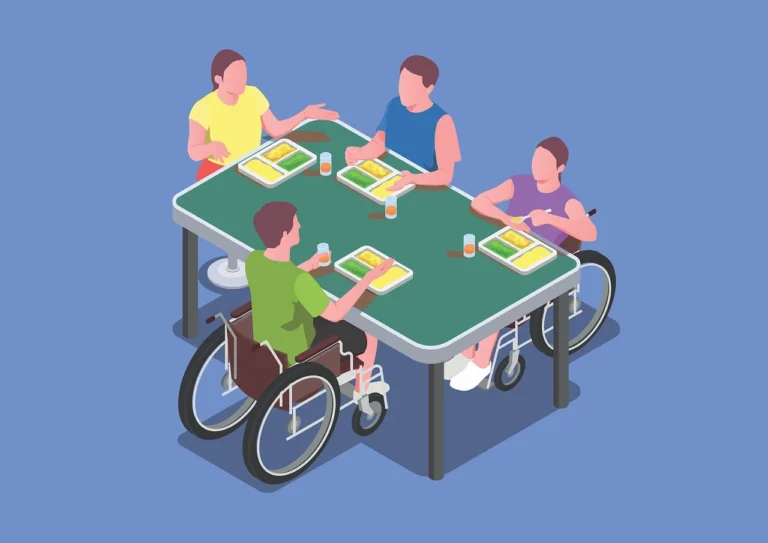Book Appointment Now

Adapting the Cultural Competence Model to Evidence-Based Practice in Modern Healthcare
Cultural competence has become an essential component of healthcare delivery, especially in diverse and globalized societies. The Cultural Competence Model, developed by…











